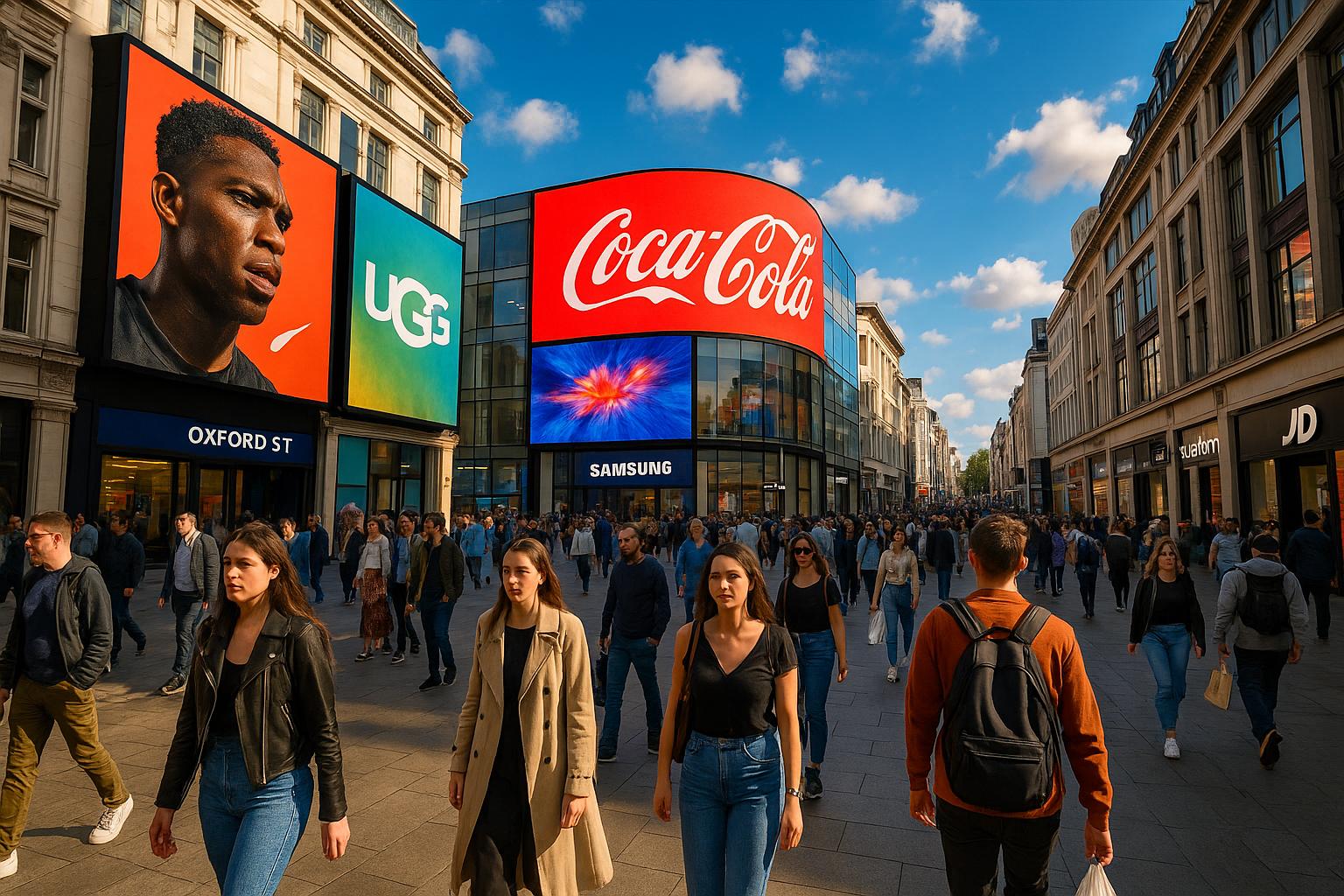London’s ambitious plan to pedestrianise Oxford Street has advanced significantly, with City Hall appointing renowned architectural firms Hawkins Brown and East to lead the transformation of this iconic shopping thoroughfare. The scheme, championed by Mayor Sadiq Khan, aims to create a more pedestrian-friendly environment along the often congested street, enhancing the experience for shoppers and visitors while rejuvenating an essential part of central London’s retail landscape.
The appointed teams bring extensive international experience, having worked on globally recognised projects such as New York’s Times Square and Sydney’s Darling Square. East will concentrate on the initial phase between Orchard Street and Great Portland Street, while Hawkins Brown will develop a comprehensive design concept stretching from Marble Arch to Tottenham Court Road. According to the London Mayor’s office, the project’s scale and ambition are intended to deliver a world-class public space that reflects the heart of London itself.
Mayor Khan is pushing forward with plans to establish a Mayoral Development Corporation (MDC) by January 2026, which would oversee the delivery of the pedestrianisation and regeneration efforts. He has formally requested Communities Secretary Steve Reed to create this body, underlining its importance for the scheme’s success. However, the London Assembly retains the power to veto the formation of the MDC, requiring a two-thirds majority, a move that would necessitate cross-party agreement within the Labour-led council.
The pedestrianisation of Oxford Street, first announced by Khan in September 2024, is part of a broader vision to reduce traffic, improve air quality, and create safer, more accessible public spaces. Major retailers including Selfridges, John Lewis, and Ikea have expressed support for the initiative, recognising the potential economic benefits and positive impact on visitor numbers. Public consultations have shown strong backing from local communities and businesses, with nearly 70% of respondents favouring various interventions, and two-thirds specifically welcoming pedestrianisation.
The project also draws direct inspiration from the successful transformation of Times Square in New York, where Mayor Khan engaged with former transport official Janette Sadik-Khan to learn from its pedestrianisation. This international template aims to enhance both safety and economic vitality on Oxford Street, underlining London’s commitment to adopting best practices from around the world.
However, the initiative has not been without controversy. In 2025, Westminster City Council’s decision to transfer control of Oxford Street to the Mayor’s office sparked debate. Some critics accused the council of yielding to the Mayor’s ambitions, highlighting political tensions surrounding the scheme’s governance and implementation timeline, expected around 2027 or 2028.
With detailed traffic and highway proposals still to be developed and consulted on, the scheme represents a complex and transformative urban project, balancing environmental, economic, and social goals. The continued strong public and business support signals optimism about Oxford Street’s potential evolution into a signature pedestrian space reflecting the city’s changing retail and urban landscape.
📌 Reference Map:
- [1] (Birmingham Mail) - Paragraphs 1, 2, 3, 4, 6, 7, 8
- [2] (London.gov.uk) - Paragraphs 1, 2
- [3] (The Guardian) - Paragraphs 3, 5, 7
- [4] (The Guardian) - Paragraph 5
- [5] (Evening Standard) - Paragraph 6
- [6] (Evening Standard) - Paragraph 7
- [7] (London.gov.uk) - Paragraph 5, 7
Source: Noah Wire Services
